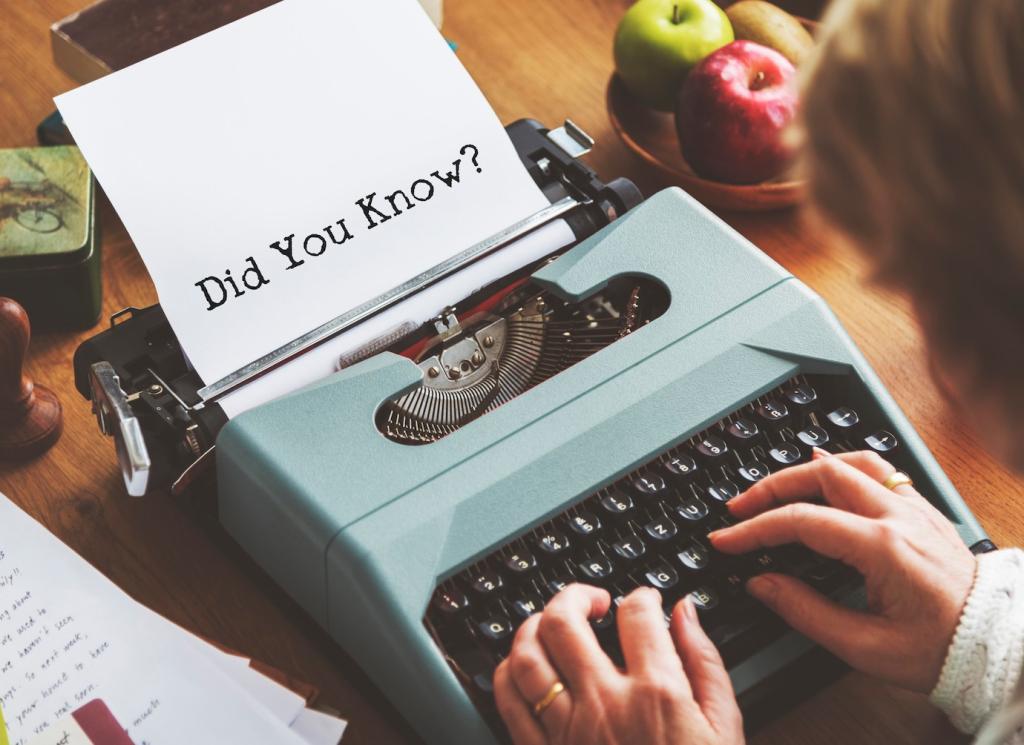Tools, Workflows, and Collaboration
Create a reusable checklist covering purpose, subjects, actions, context, and necessary details. Pair it with concise templates for common assets. These tools accelerate quality. Download our upcoming template set by subscribing and telling us your top three needs.
Tools, Workflows, and Collaboration
Bring writers into image decisions early. A quick chat about intent can reduce revision loops later. In one project, this shaved days off approvals. Comment with your favorite collaboration ritual that keeps descriptions aligned with design goals.
Tools, Workflows, and Collaboration
Use sample audits, style guides, and peer reviews to maintain standards across teams. Track common issues and celebrate exemplary entries. Share a screenshot-free case study of your review process so readers can learn practical tactics to adopt tomorrow.









